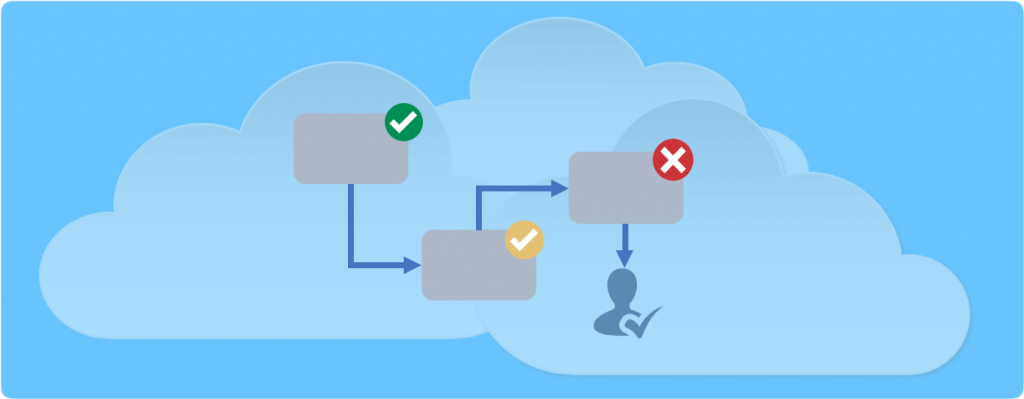Why Stage-Gates Matter for Strategic Success
Managing robust stage gates across your program is essential for effective governance and successful strategy execution. Stage-gate frameworks empower teams to deliver results with agility—while enabling executives to identify risks early and take action before issues escalate.
Shibumi’s platform provides an enterprise-ready solution for organizations seeking to strengthen their governance processes without sacrificing flexibility.
Evolving Stage-Gate Management with Shibumi
Since first introducing stage-gate support in 2017, Shibumi has continuously enhanced its capabilities to meet the needs of large-scale, complex transformation programs. Today, organizations can fully customize their Shibumi environment to align with their internal workflows, governance requirements, and strategic frameworks.
Our method builds on standard stage-gate models to better address the difficulties faced by today’s large organizations that handle sensitive data, have teams spread out, and manage high-risk dependencies.
Key enhancements include:
Time-Based Goal Definition
Advanced Role Management
Fine-Grain Visibility and Edit Controls
Dynamic Resource Planning
Automated Notifications
Configurable Rules-Based Workflow
Comprehensive History and Audit Logging
1. Time-Based Goal Definition
Program and initiative success depends on tracking progress against time-bound objectives. Shibumi simplifies performance tracking by comparing actual metrics to targets across defined periods—monthly, quarterly, or custom cadences.
Executives gain greater visibility into emerging risks, and teams can visualize progress gaps through clear, data-driven charts.
2. Advanced Role Management
Effective governance starts with clear accountability. Shibumi allows program leaders to define custom roles, permissions, and approval workflows that reflect their organization’s structure and terminology. This ensures the right people are involved at every stage of decision-making.
3. Fine-Grain Visibility and Edit Controls
Different program stages require different levels of information access. For instance, cost targets during design may be confidential, but once execution begins, they become broadly visible.
Shibumi’s configurable visibility and editing rules adapt to each stage’s unique needs, integrating seamlessly with defined user roles and workflows.
4. Automated Notifications
To keep programs moving efficiently, Shibumi automates notifications for key actions and approvals. These email alerts are triggered by configurable logic, ensuring that stakeholders receive timely, relevant updates.
5. Configurable Rules-Based Workflow
No two programs are alike. Shibumi enables you to define custom stage numbering, approval hierarchies, and process logic—creating a governance model that fits your organization’s unique strategic context and execution style.
6. Full History and Audit Logging
Transparency and accountability are critical for program integrity. Shibumi’s audit history feature provides complete visibility into every change—showing who made updates, when they occurred, and what was modified. This detailed record supports strong governance, compliance, and risk management.
Putting It All Together
Here’s how Shibumi’s stage-gate process works in practice:
An initiative enters Stage 1, where the owner defines the business case, goals, and metrics.
Once ready for approval, Gate 1 reviewers are automatically notified and provided with a tailored view of key data.
Upon approval, the initiative advances to Stage 2, with all actions logged for audit purposes.
As stages progress, Shibumi dynamically updates visibility and editing rules—ensuring data integrity and efficient collaboration.
This end-to-end flexibility empowers organizations to manage even the most complex governance processes with confidence and precision.

The Impact of Shibumi Stage-Gate Management
Early adopters of Shibumi’s enhanced stage-gate capabilities are already seeing stronger governance, faster execution, and improved visibility across enterprise transformation programs.
If your organization manages complex initiatives and wants to strengthen decision-making, governance, and program efficiency—Shibumi can help.
Contact us today to schedule a demo and see how Shibumi’s stage-gate management can transform your strategic execution.

